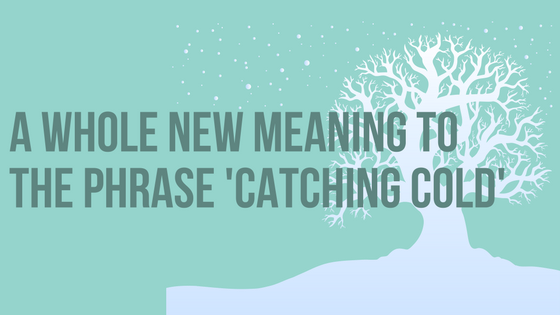Every day we are bombarded by potential contagions: whether a physical ailment such as measles or influenza or something as seemingly harmless as a yawn or popular Internet meme. For better or worse, emotions can be contagious too, passed on from one person to another through verbal and nonverbal cues, with or without the awareness that we are being affected by another person’s emotional state. In many cases, the only route for such transmission is observation. For example, who hasn’t felt better after watching an uplifting film or cried while watching a sad movie. In the lab, scientists have determined that levels of the stress hormone cortisol increased in individuals undergoing a stress test but also in passive observers who watch the stress test through a one-way mirror or on a television screen. Often, the magnitude of the observer’s response is affected by how well he knows or can relate to the person.
written by: terri sundquist, promega
As reported in a recent PLOS ONE article (1), we now know that even a physiological response to cold temperatures is readily transmissible from one person to another, although many of us who live in northern climates probably knew this long before any scientific study: Watching children playing in the snow or someone shoveling snow can often send a chill through us even though we are watching from a heated building. However, a group of scientists in the UK and Germany was not satisfied with anecdotal evidence of temperature contagion, as they named this phenomenon. They did the experiment and generated the data.
In these experiments, 38 volunteers in a temperature-controlled setting were shown a 3-minute video of an actor adding steaming hot water or ice to a basin of water, then submerging his hand in the water for 2 minutes. The videos were carefully cropped to show only the actor’s arm to eliminate any emotional or facial cues. Throughout the viewing, researchers measured the skin temperature of each volunteer’s left and right hands as well as heart rate. The skin temperature and heart rate recorded during the first 40 seconds, while the actor filled the basin, were set as the baseline, and this baseline was subtracted from measurements taken after the actor submerged his hand in the water to calculate the change in skin temperature at each 10-second time point. After each video, volunteers were asked to estimate the temperature of the water and the actors hand (to demonstrate to the researchers that they understood that the cold water was cold and the hot water was hot).
The result: Volunteers who viewed the cold-water video had skin temperatures that were on average 0.2°C colder than that of volunteers who were shown a control video in which no hot water or ice was added to the basin and the actor did not submerge his hand in the water. Volunteers who were shown the hot-water videos had a 0.033°C increase in skin temperature. Thus, the temperature contagion was much stronger with cold than with heat. Furthermore, the temperature change was larger for the volunteer’s left hand and was completely independent of which hand (i.e., right or left) the actor submerged in the water. Whether the hand appeared to belong to a male actor or female actress also had no effect on the temperature change. Finally, there was high variation in the degree of the temperature change, with some people experiencing a much larger drop in skin temperature than others.
The researchers then examined the role of “emotional contagion”, which they defined as the transfer of an “affective state” from one person to another through only the power of observation and without the affected person being aware of the source of the transfer. In other words, one person is being affected by another person, but the affected person doesn’t realize it. By the researchers’ definitions, emotional contagion is very similar to empathy, except that with empathy the affected person recognizes the effect’s source as the second person. Due to this similarity and because there are well respected psychological tests to measure empathy, the authors used empathy as a proxy for emotional contagion.
To answer the question “Does a person’s degree of emotional contagion or empathy determine how much their skin temperature dropped?“, scientists asked the volunteers to complete several questionnaires designed to measure empathy before the experiment. One question might be “It upsets me to see someone being mistreated”. The researchers then looked for any correlation between the temperature change of a volunteer’s hand and his degree of empathy toward other people. The results were mixed. Empathy levels as measured by the Mehrabian Balanced Emotional Empathy Score did not correlate to the degree of temperature contagion, while empathy levels determined using the David Interpersonal Reactivity Index did correlate slightly. In a nutshell, it doesn’t matter who is exposed to the cold (i.e., a loved one or a complete stranger); we feel a little colder regardless.
So, next time you are watching a cold scene play out, whether in person or on a screen, and feel a chill, you’ll know why. You’ve been affected by temperature contagion.
Reference
- Cooper, E.A. et al. (2015) You turn me cold: Evidence for temperature contagion. PLOS ONE 9(12), e116126. doi:10.1371/journal.pone.0116126
WOULD YOU LIKE TO SEE MORE ARTICLES LIKE THIS? SUBSCRIBE TO THE ISHI BLOG BELOW!


